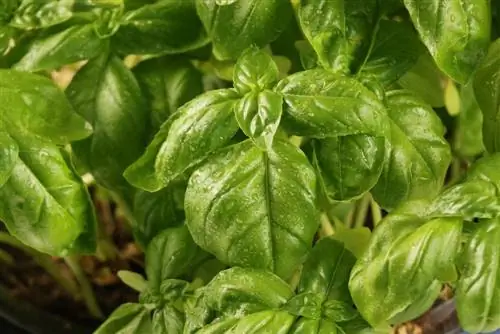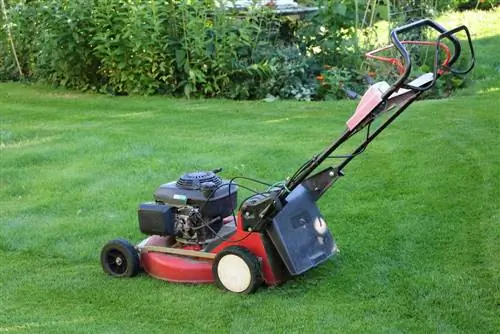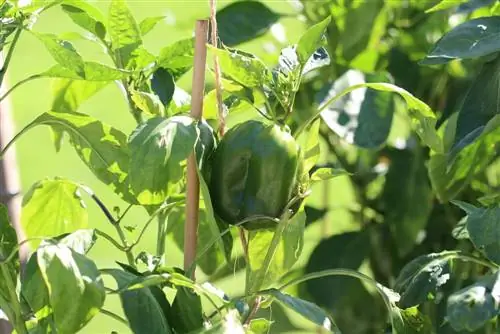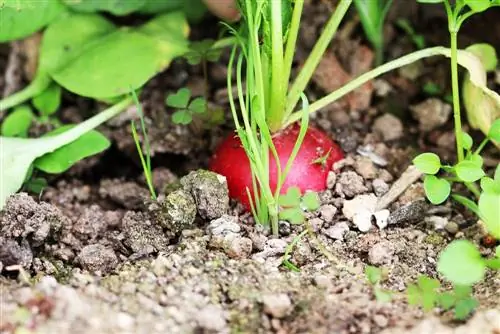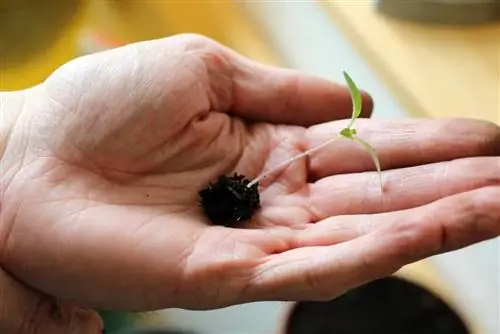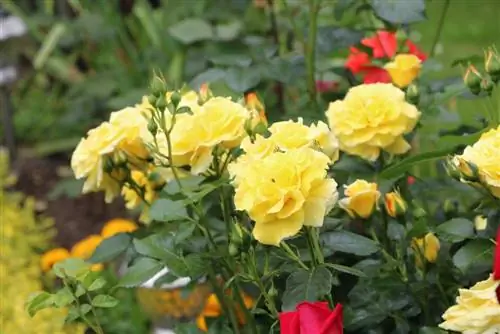- Author admin [email protected].
- Public 2023-12-17 03:39.
- Last modified 2025-01-24 12:45.
Fresh basil is not only an indispensable part of Italian cuisine - it is simply part of a variety of dishes. As a hobby cook, you usually use basil plants from the supermarket. Alternatively, you can also buy seeds and sow basil. But then the young plants have to be pricked out at some point. And that in turn is a challenge for many hobby gardeners and cooks.
Pricking
Pricking out in horticulture means nothing more than separating young plants. These are usually too close together and hinder each other's growth. In other words: Pricking out increases the distance between the plants. This gives each one of them more space. This process is usually necessary whenever seeds have been sown in a seed tray. The distance between the seeds cannot usually be determined precisely. Of course, this also applies to basil seeds, which are now easily available from specialist retailers. Often countless plants emerge from this, which then grow close together. In order to prick or separate them, you need a so-called pricking stick to separate them from each other.
Tip:
A pricking stick can be purchased from specialist retailers. A clever and, above all, very cheap alternative is a conventional shish stick, which is completely sufficient for piercing.
Time
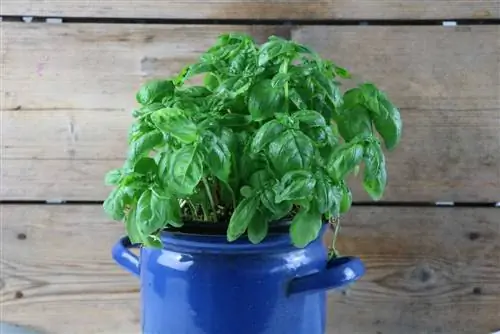
Most hobby gardeners have problems determining the right time to prick basil plants. This depends largely on the stage of development of the young plant. To determine the time, you have to look at them very carefully. The leaves are crucial. You have to know that every basil plant initially forms two cotyledons in the lower area. The so-called leaves then sprout above these cotyledons, which are clearly visible on basil. The right time to prick out comes as soon as at least two pairs of leaves have formed above the cotyledons. Cotyledon and leaf leaves differ significantly in shape.
Specific pricking
Again: Pricking out is about separating the plants that are next to each other. To do this, the plants must be removed from their substrate and then planted in small nursery pots. Here's how to do it:
- The soil or plant substrate in the growing tray is first carefully loosened with the pricking wood.
- Then the individual plants are pulled out, separated with the pricking stick and briefly put aside.
- Small cultivation or plant pots can now be filled half or two-thirds with potting soil.
- It is important that the water drain in the floor was previously covered with a piece of pottery.
- Using the pricking wood, a depression is now pressed or drilled into the soil in the pot.
- Now the plant can be placed in the hollow and pressed firmly.
- The hollow is filled with soil up to just below the cotyledons.
- The soil is then compacted using the thin end of the pricking wood.
Tip:
Roots that are too long should be shortened with disinfected scissors after removing the plants from the growing tray. The ideal length of the roots is around two centimeters.
After pricking
The plants are in an extremely sensitive state immediately after pricking out. In order for them to become strong, magnificent basil plants, they now need a certain amount of attention. Above all, it must be ensured that the soil is kept constantly moist. Consequently, regular watering is required. However, the leaves must not be wetted with water. The water supply must therefore take place directly in the area of the root system. Ideally, you would use a very small watering can or a plastic syringe or pipette. With these devices, the water can be administered more precisely.
Tip:
Soil moisture should be checked at least once a day. It is important to prevent drying or drying out in any case.
The supply of nutrients after pricking is just as important as the water supply. It is best to use a commercially available liquid fertilizer. It should be administered once a week in a highly diluted concentration. If you want a particularly bushy basil plant, you should also trim the young shoots regularly with scissors or a sharp knife. This results in an extensive branching.

